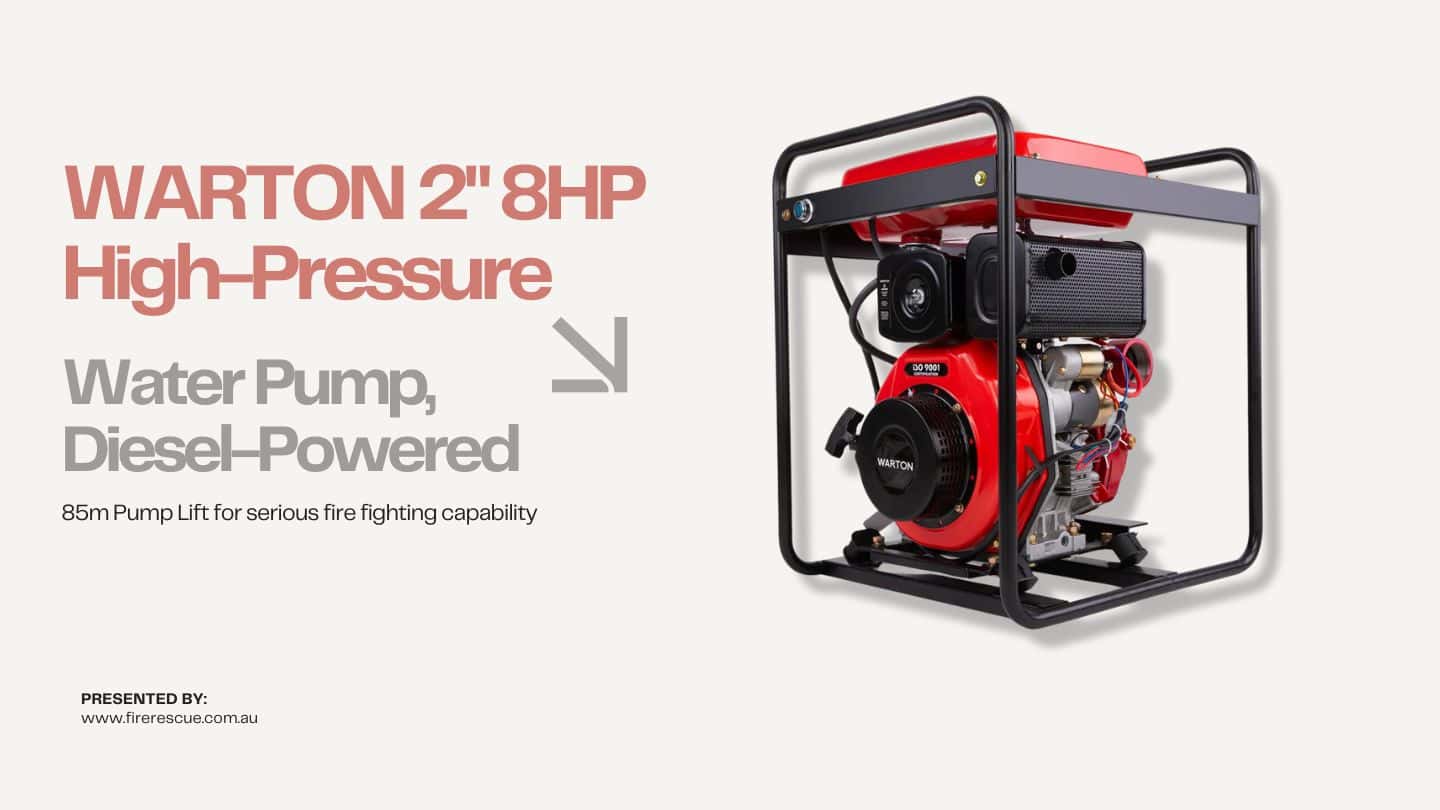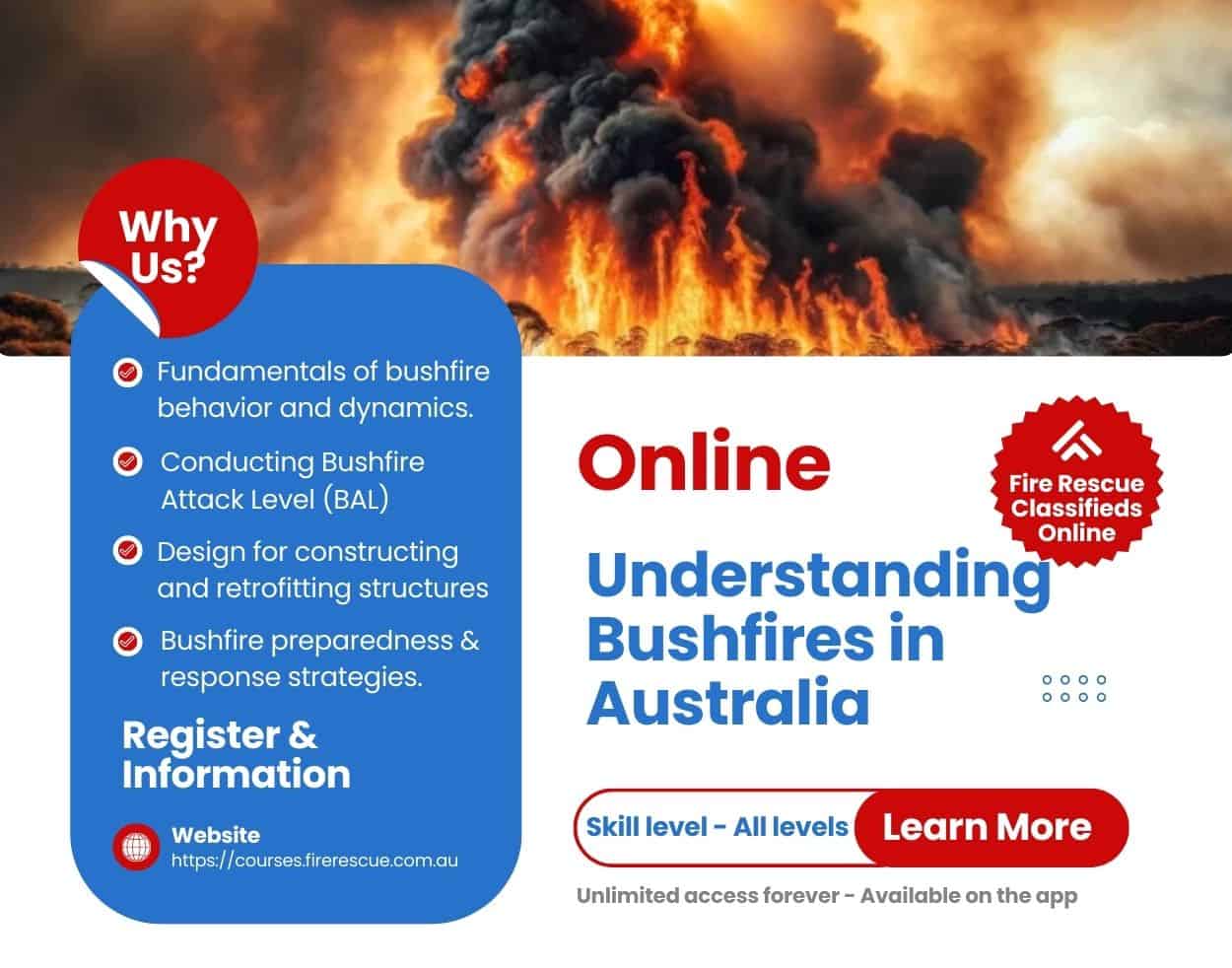Now Reading: Resilient Communities in Australia: Lessons from FEMA, USA
- 01
Resilient Communities in Australia: Lessons from FEMA, USA
Resilient Communities in Australia: Lessons from FEMA, USA

Fire safety in Australia has evolved significantly, drawing valuable insights from FEMA in the USA. By examining FEMA’s comprehensive strategies, Australian communities are better equipped to handle fire emergencies. Resilient Communities are the cornerstone of this approach, emphasizing the importance of preparedness and adaptive strategies.
In Australia, adapting FEMA’s lessons means focusing on unique environmental challenges. This integration not only enhances fire safety but also nurtures a culture of resilience and proactive response. Such learning fosters a community-wide commitment to safety and sustainability.
Building Resilient Communities: A Comprehensive Guide
Building Resilient Communities in Australia requires a multifaceted approach. Central to this is understanding the diverse and often harsh Australian climate, which presents unique fire challenges. By adopting FEMA’s systematic approach, communities can develop tailored responses that mitigate risks effectively.
This guide emphasizes the significance of community involvement and regular drills, ensuring everyone understands their role in fire safety. Through this collective effort, the goal of creating resilient, fire-safe communities becomes an achievable reality.
Integrating FEMA’s Strategies into Australian Fire Safety Planning
Integrating FEMA’s strategies into Australian fire safety planning involves a blend of local knowledge and global expertise. This synergy is vital for crafting effective emergency response plans tailored to Australia’s unique landscape and climatic conditions.
Effective planning also means involving local authorities and residents in a dialogue, ensuring that the strategies are practical and well-received. This collaborative approach is key to building comprehensive and resilient fire safety plans.
The Role of Community Involvement in Enhancing Fire Resilience
Community involvement plays a pivotal role in enhancing fire resilience. It’s about empowering individuals and groups to take ownership of their safety. Engaging communities in fire safety education and drills reinforces the importance of preparedness and quick response.
This involvement goes beyond mere participation; it fosters a sense of responsibility and collective action. Such engagement is crucial for the success of any fire safety plan, making it a community-driven initiative.
Adapting to Australia’s Unique Climate for Improved Fire Safety
Adapting to Australia’s unique climate is fundamental for improved fire safety. This means understanding and preparing for the extreme weather conditions that often lead to bushfires. By leveraging FEMA’s experience in handling diverse climates, Australian communities can develop more robust fire safety measures.
Preventive strategies and early warning systems are key components in this adaptation. Tailoring these measures to suit local environments ensures that communities are not just reacting to fires, but actively preventing them.
Effective Emergency Management: Learning from FEMA’s Approach
Effective emergency management, inspired by FEMA’s approach, involves a comprehensive and dynamic response plan. This plan must be adaptable, catering to the varied and often unpredictable nature of fires in Australia.
Learning from FEMA means understanding the importance of swift action, coordination among various agencies, and the utilization of advanced technology in emergency response. Such a multifaceted approach is crucial in effectively managing fire emergencies.
Strengthening Australia’s Fire Response Capabilities
Strengthening Australia’s fire response capabilities is a continuous process. It involves not only adopting advanced firefighting techniques but also ensuring that the community is well-prepared and resilient.
Training programs, updated equipment, and community drills play a significant role in this strengthening process. By adopting these practices, Australia can enhance its capacity to respond to fire emergencies promptly and efficiently.
Fire Preparedness: A Key to Community Resilience in Australia
Fire preparedness is a key factor in ensuring community resilience in Australia. This involves regular awareness campaigns, fire drills, and the development of an efficient evacuation plan. Preparedness is not just about having the resources but also about ensuring that the community is mentally and physically ready to face fire emergencies.
Such preparedness is vital in minimizing the impact of fires, saving lives, and preserving property. It’s a collective effort that requires the participation of every community member.
Innovations in Fire Safety: Australian and American Perspectives
Innovations in fire safety, viewed from both Australian and American perspectives, offer a wealth of knowledge and new techniques. These innovations range from advanced firefighting equipment to cutting-edge research in fire prevention and control.
Exploring these perspectives allows for the cross-pollination of ideas, leading to more effective and efficient fire safety strategies. Such collaborations are instrumental in advancing fire safety standards globally.
Collaborative Efforts for Better Fire Management in Australia
Collaborative efforts are essential for better fire management in Australia. This means bringing together government agencies, local communities, and experts to create a unified front against fire threats. Collaboration fosters a more cohesive and comprehensive approach to fire management.
By working together, these groups can share resources, knowledge, and strategies, leading to more effective fire prevention and response. It’s through this unity that significant strides can be made in fire safety.
Proactive Fire Safety Measures: Insights from FEMA’s Success
Proactive fire safety measures, inspired by FEMA’s success, emphasize the importance of anticipating and preventing fire incidents before they escalate. This approach involves regular risk assessments, community education, and the implementation of safety protocols.
Being proactive means not waiting for a fire to occur but taking steps to ensure that if it does, the community is ready. This readiness is crucial in mitigating the impact of fires.
Cultivating a Fire-Safe Community: Strategies and Challenges
Cultivating a fire-safe community involves not just implementing strategies but also overcoming challenges. These challenges include geographical diversity, varying levels of community engagement, and resource limitations.
Despite these challenges, the strategies focus on education, regular drills, and the development of a robust communication system. Overcoming these challenges is essential for the creation of a truly fire-safe community.
Australia’s Path to Enhanced Fire Safety and Preparedness
Australia’s path to enhanced fire safety and preparedness is a journey of continuous improvement. It involves learning from past incidents, adopting best practices from around the world, and innovating for the future.
This path is not without its obstacles, but with a Resilient Communities committed approach and a focus on community involvement, Australia can achieve a higher level of fire safety and preparedness. This commitment is key to safeguarding lives and properties against fire risks.
Bridging the Gap: FEMA’s Influence on Australian Fire Policies
Bridging the gap in fire policies involves incorporating FEMA’s influence into the Australian context. This influence is seen in the adoption of advanced fire management techniques and the emphasis on community involvement and preparedness.
The goal is to create a harmonious blend of FEMA’s expertise and Australia’s unique needs. This blending ensures that fire policies are not only effective but also relevant and applicable to the Australian scenario.
Future-Proofing Australia Against Fires: A Strategic Outlook
Future-proofing Australia against fires requires a strategic outlook. It involves anticipating future challenges and crafting policies that are adaptable to these changes. This forward-thinking approach is crucial in ensuring that Australia remains resilient in the face of evolving fire risks.
By adopting a strategic outlook, Australia can ensure that its communities are not just surviving fires, but thriving despite them. This Resilient Communities is the hallmark of a future-proof nation.





























